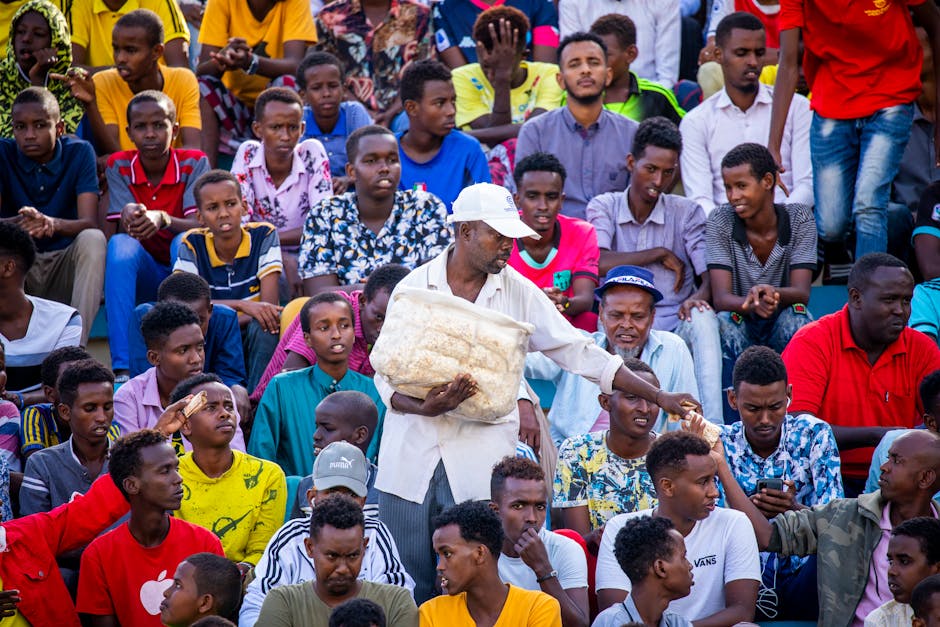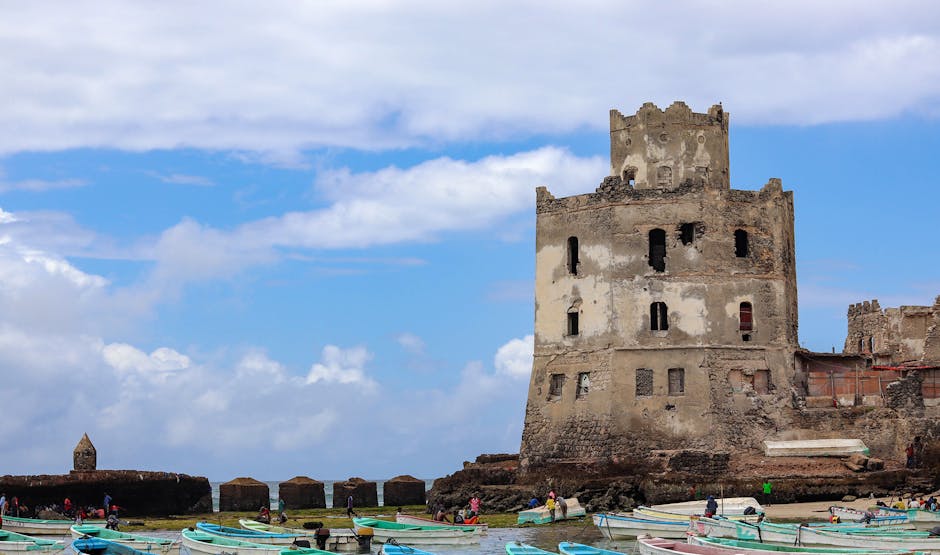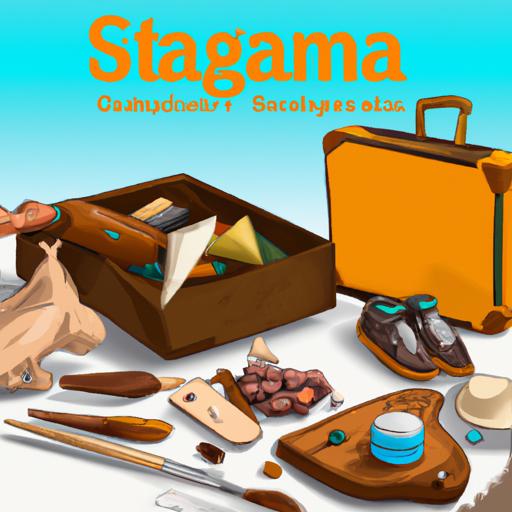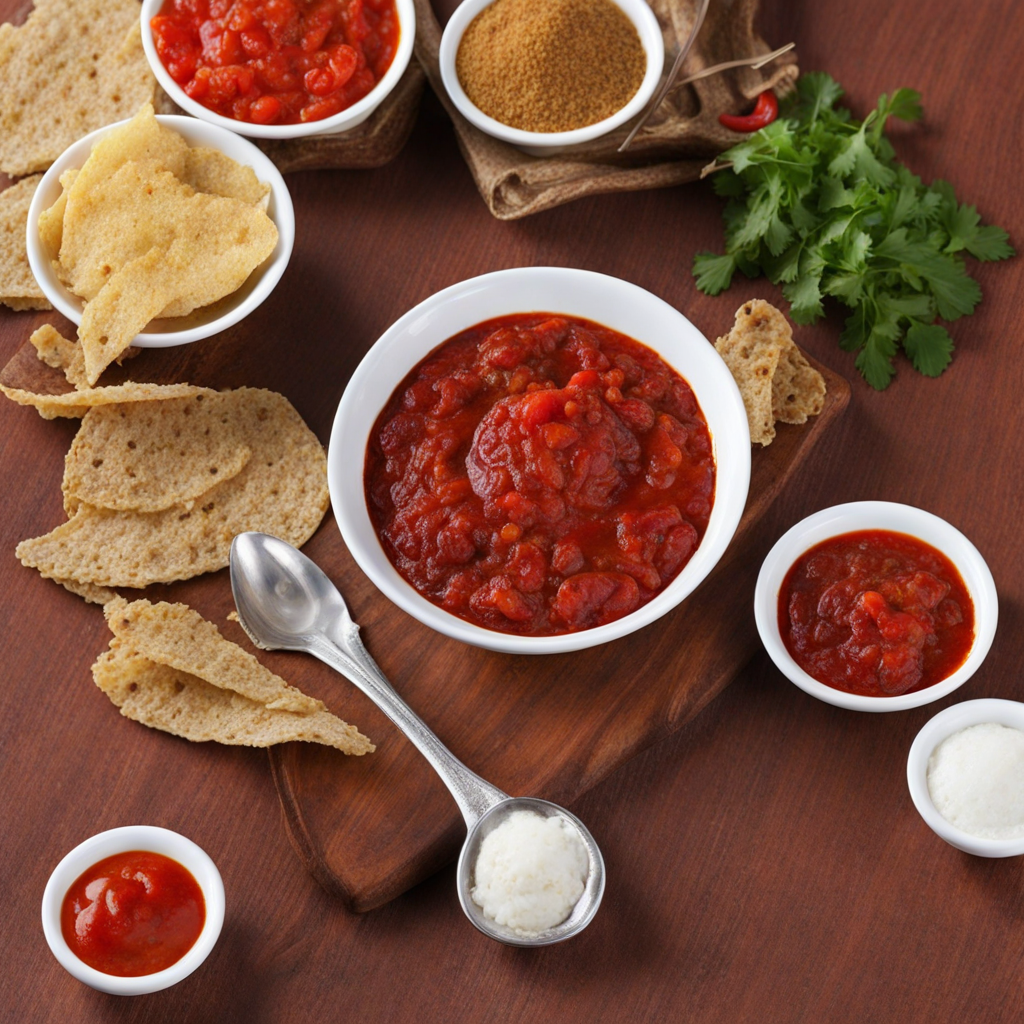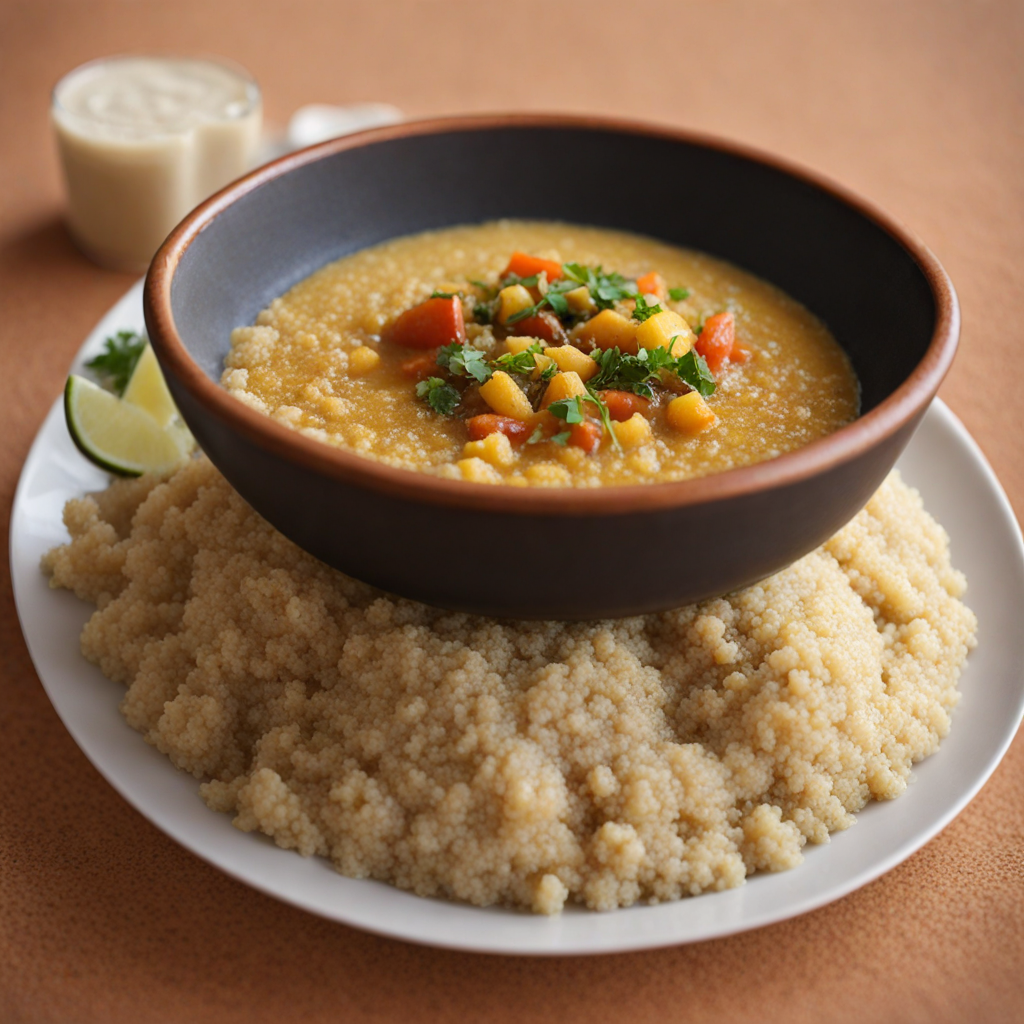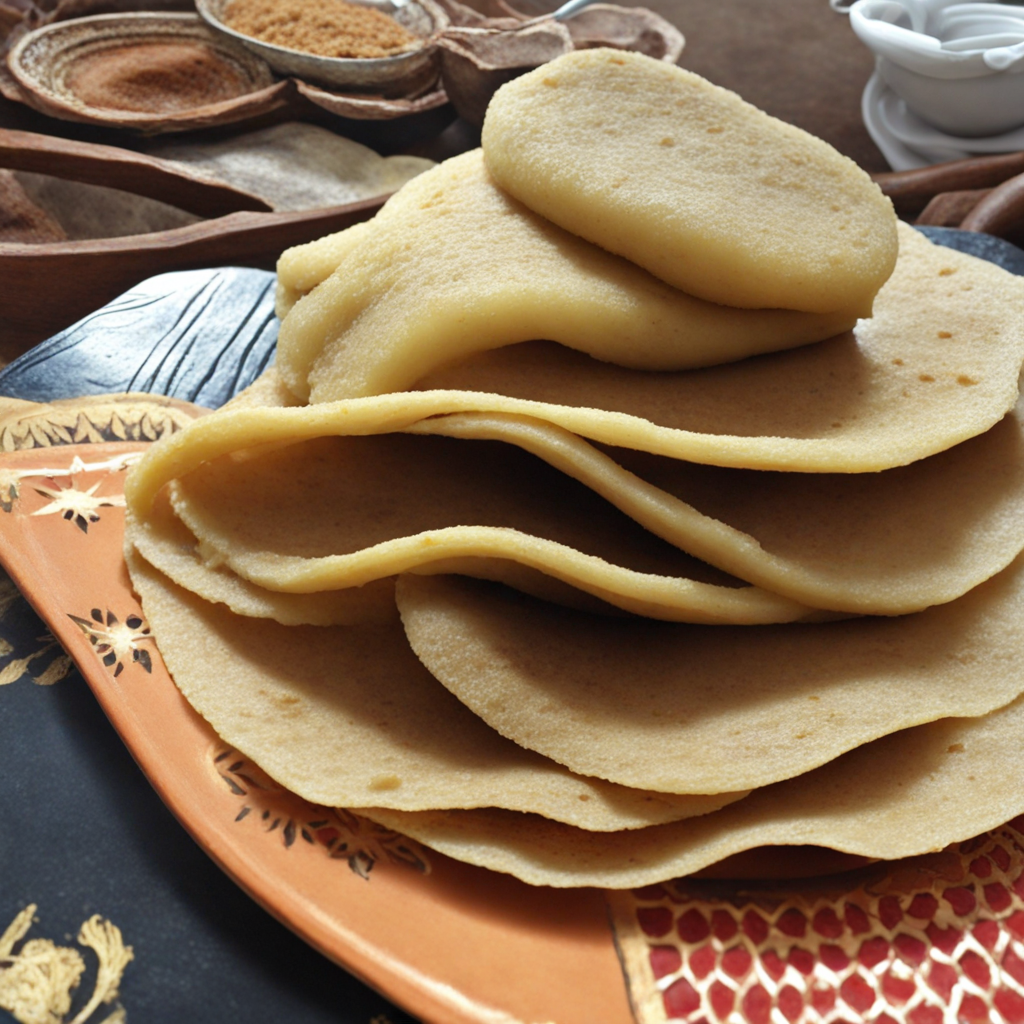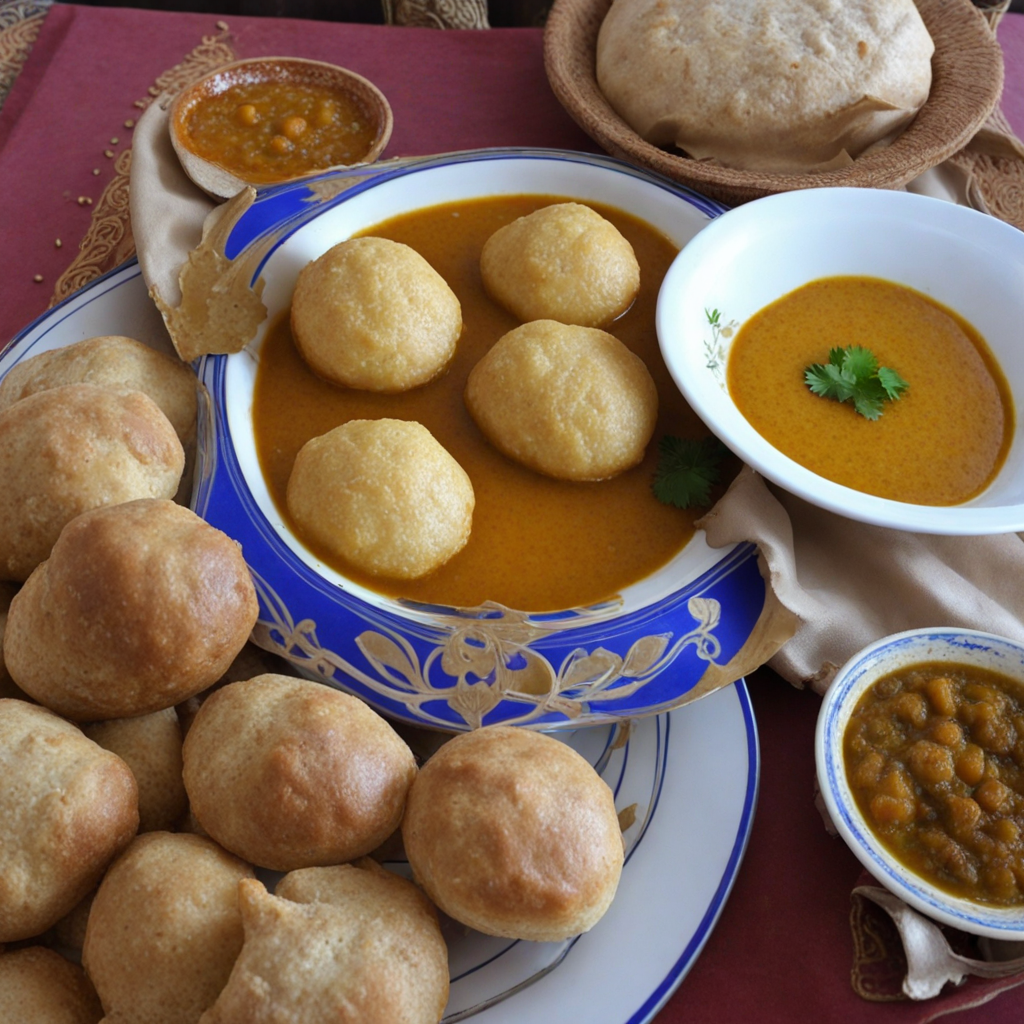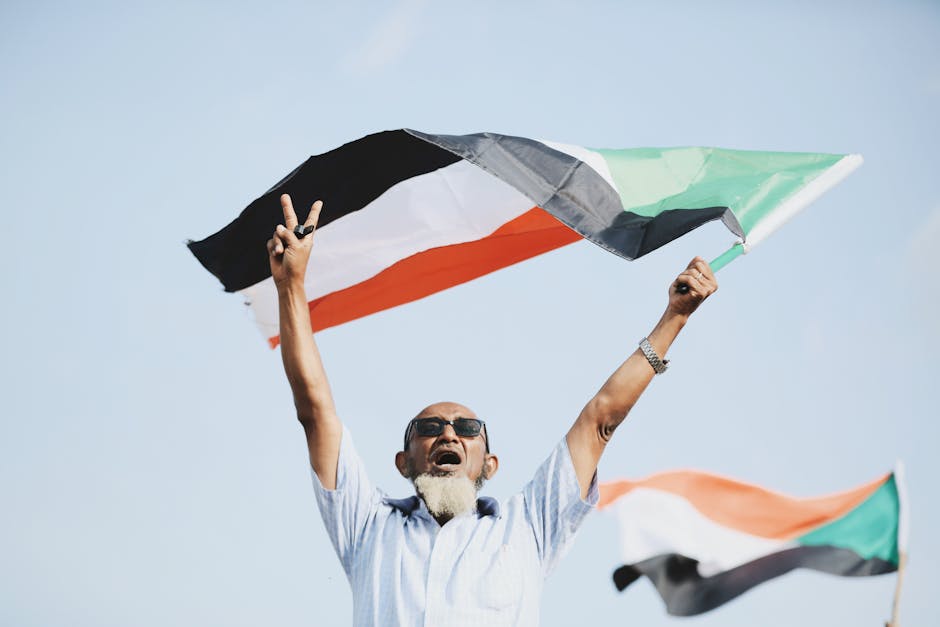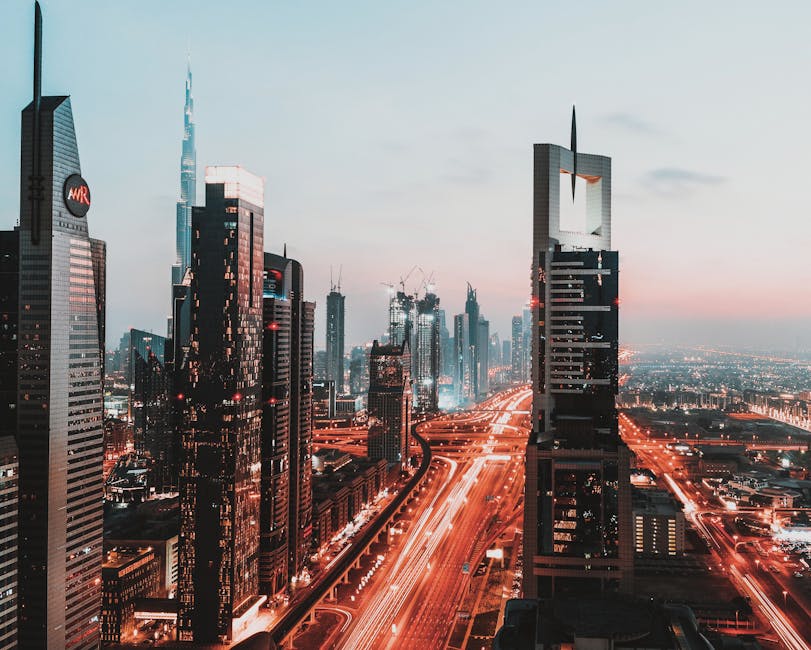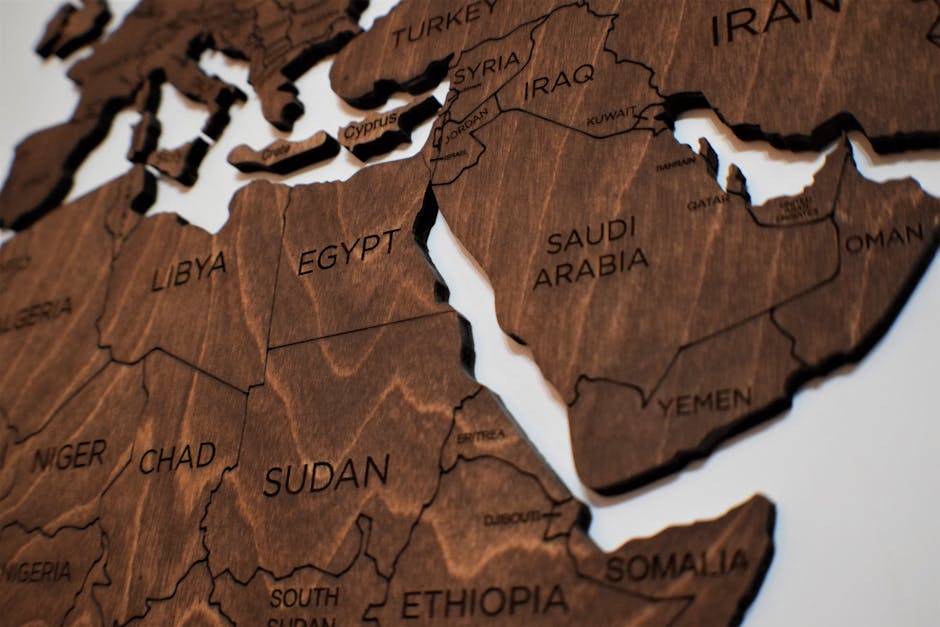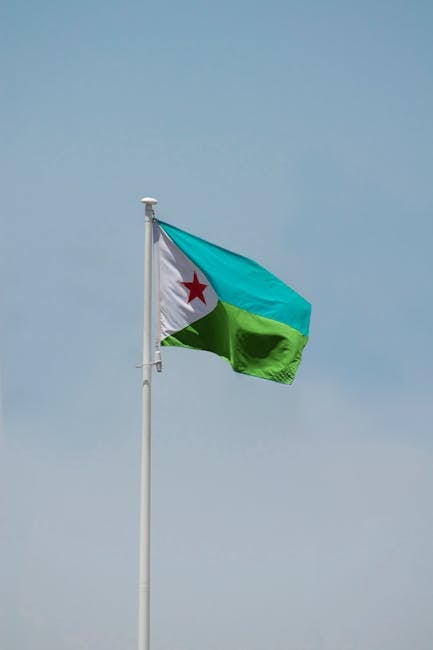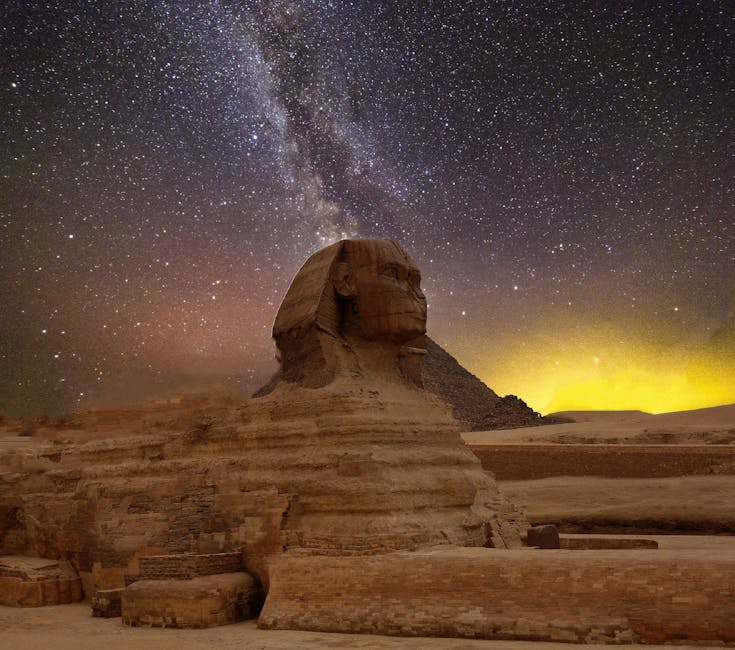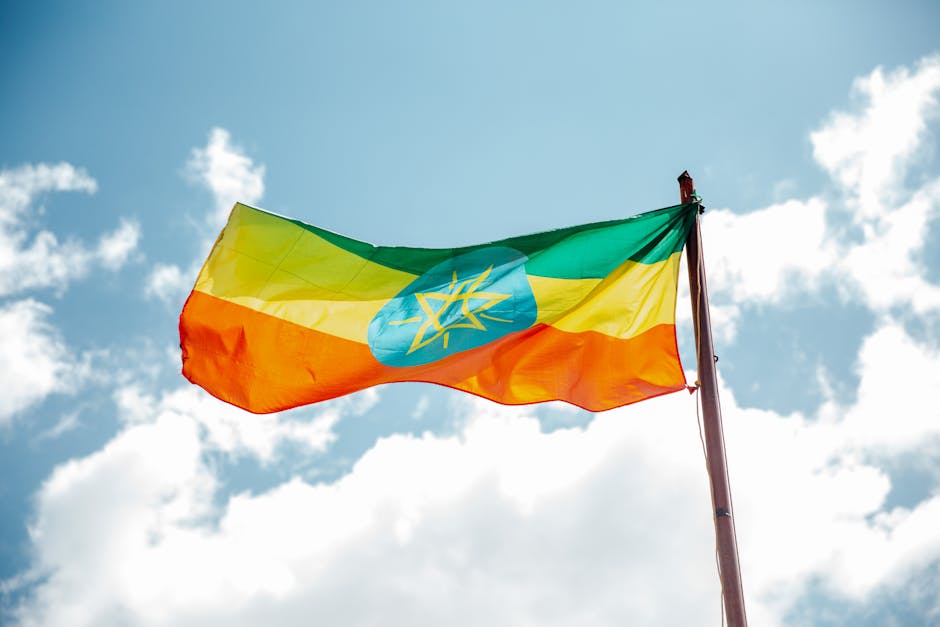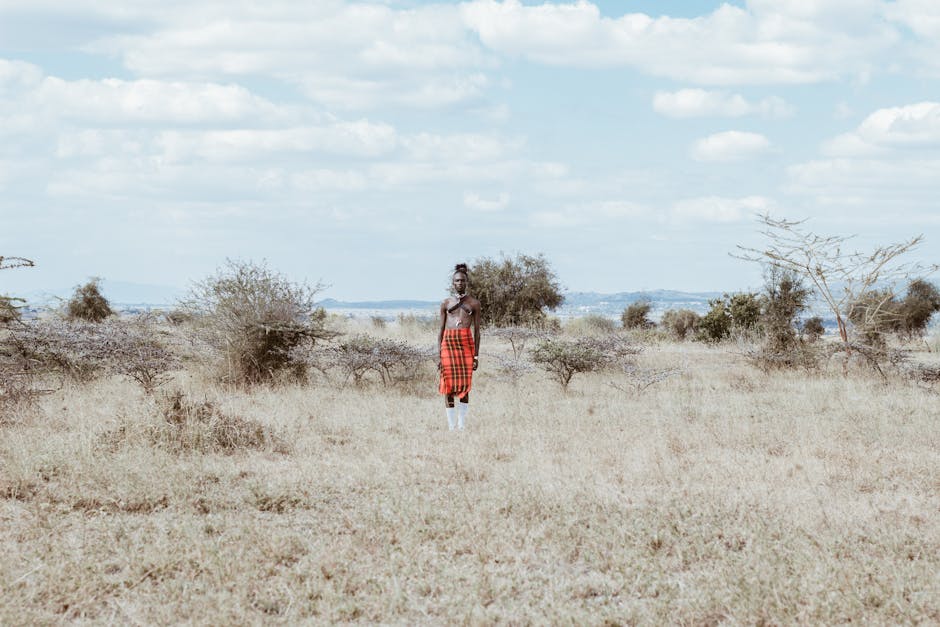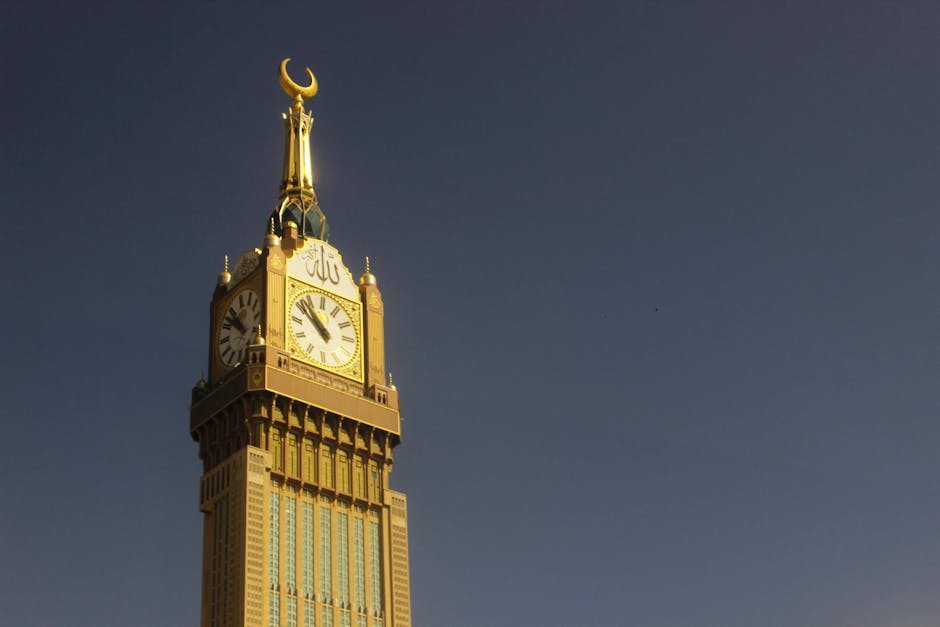Somalia
Overview
Overview of Somalia:
Somalia is a captivating country located on the Horn of Africa and bordered by Ethiopia, Djibouti, and Kenya. What makes Somalia unique is its rich history and cultural heritage, with a mix of Arab, Persian, Indian, and Italian influences. The country is renowned for its ancient landmarks and archaeological sites, such as the Laas Geel caves, which contain some of the earliest known cave paintings in Africa. Somalia's culture is deeply rooted in poetry, nomadic traditions, and a love for music and dance. The national dish, "canjeero", a type of pancake, and "hilib ari", a roast camel meat, are must-tries for food-loving travelers.
High Tourism Season and Activities:
The best time to visit Somalia is during the dry season, which typically runs from December to March. During this time, the weather is cooler and less humid, ideal for outdoor exploration. Activities to enjoy in Somalia during this time include exploring the bustling markets of Mogadishu, visiting the tranquil beaches of Kismayo, and witnessing the stunning natural beauty of the Cal Madow mountain range. The Hargeisa International Book Fair, typically held in July, is also a significant cultural event that showcases Somali literature, culture, and art.
Preparation before Visiting:
Preparation is key to a successful trip to Somalia. It is essential to check the latest travel advisories due to occasional political instability in the region. Ensure your vaccinations are up-to-date, particularly for diseases such as malaria and cholera. English is spoken in major cities, but learning a few phrases in Somali can enhance your experience. It is also important to respect local customs and norms, particularly in terms of dress code. Women are generally expected to wear a headscarf, while men should avoid wearing shorts. Lastly, always have a local guide with you while exploring to ensure your safety and that you get the most from your visit.
A Glimpse into the Past
Somalia, located on the Horn of Africa, is a nation rich in history and culture, with a landscape that ranges from arid deserts to lush coastal areas. The country’s history reflects a tapestry of ancient civilizations, trading powers, and the impacts of colonialism, civil strife, and resilience.
Ancient Civilizations
The history of Somalia can be traced back to ancient times when it was inhabited by nomadic tribes and pastoralists. Archaeological evidence suggests that the region was home to early human settlements, with sites like Laas Geel showcasing rock art that dates back over 5,000 years. These paintings depict cattle, which were central to the Somali pastoralist lifestyle, as well as scenes of daily life and rituals.
The ancient Somali people engaged in trade with neighboring regions and were influenced by various civilizations, including the Egyptians, Greeks, and Romans. The city of Opone, located on the southern coast, became a significant trading hub, known for its exports of frankincense and myrrh, which were highly valued in the ancient world.
The Rise of City-States
By the medieval period, the Somali coast was dotted with thriving city-states, such as Hafun and Mogadishu. These cities became centers of commerce, attracting traders from Arabia, Persia, and India. The Somali merchants developed a reputation for their seafaring skills and established extensive trade networks across the Indian Ocean.
The city of Mogadishu, in particular, emerged as a prominent hub. It was known for its wealth and cosmopolitan atmosphere, where diverse cultures converged. The influence of Islam, which spread in the region during the 7th century, played a crucial role in shaping the society and culture of Somalia. The architecture of the time, including intricately designed mosques and buildings, still holds historical significance.
Colonial Era
The late 19th century marked the beginning of colonialism in Somalia, as European powers scrambled to establish control over the region. The British took over the northern territory, known as British Somaliland, while the Italians colonized the southern part, referred to as Italian Somaliland. This division created a significant impact on the political landscape and ethnic dynamics of the country.
During this period, the Somali people resisted colonial rule, leading to uprisings and conflicts. One notable figure in the resistance was Mohammed Abdullah Hassan, also known as the “Mad Mullah,” who led a movement against British and Italian forces in the early 20th century. His efforts, although ultimately unsuccessful, symbolized the Somali struggle for independence and identity.
Independence and Unification
Somalia gained independence in 1960 when British Somaliland and Italian Somaliland united to form the Somali Republic. The promise of independence brought hope and enthusiasm among the Somali people. However, political instability soon emerged, leading to a series of coups and changes in leadership.
In 1969, General Mohamed Siad Barre seized power through a military coup, establishing a socialist state that aimed to modernize the country. His regime initially garnered support for its ambitious development policies, but it also became increasingly authoritarian, leading to widespread human rights abuses and suppression of dissent.
The Civil War
The late 1980s saw the rise of opposition movements, culminating in a brutal civil war that erupted in 1991 following Siad Barre's ousting. The conflict led to the fragmentation of Somalia into rival factions and the emergence of warlord-led territories. The humanitarian crisis that ensued resulted in famine and mass displacement, drawing international attention and intervention.
The city of Mogadishu became a focal point of violence, with fierce battles between rival factions. The infamous Battle of Mogadishu in 1993, often referred to as "Black Hawk Down," highlighted the complexities of foreign intervention in the conflict and the challenges faced by humanitarian efforts.
Contemporary Somalia
Despite the turmoil, Somalia has shown remarkable resilience in recent years. The establishment of a federal government in 2012 marked a new chapter in its history, as various regions sought to stabilize and rebuild. Cities like Hargeisa, the capital of the self-declared Republic of Somaliland, and Puntland have made strides toward self-governance and development.
Visitors to Somalia today can explore its rich cultural heritage, from the ancient ruins of Zeila to the vibrant markets of Mogadishu. The country boasts stunning landscapes, including the picturesque beaches of Berbera and the unique geological formations of Galdogob. The hospitality of the Somali people, known for their warmth and generosity, offers a glimpse into the nation’s enduring spirit.
Challenges and Opportunities
While Somalia faces ongoing challenges, including political instability, security threats, and economic hardships, there are also opportunities for growth. The country’s youth population is eager for change, and initiatives focused on education, technology, and entrepreneurship are beginning to flourish.
Tourism is gradually making a comeback, with adventurers drawn to Somalia’s unspoiled landscapes and rich history. Travelers can engage with local communities, experience traditional Somali cuisine, and witness the vibrant cultural expressions found in music and dance.
Conclusion
Somalia's history is a compelling narrative of resilience, cultural richness, and the quest for identity. For travelers, exploring Somalia offers not only the chance to witness stunning natural beauty but also an opportunity to engage with a society that has endured significant challenges and continues to strive for a brighter future. As the nation moves forward, it invites those who seek to understand its past and present, creating meaningful connections along the way.
Top cities for tourists in Somalia
Discover the Famous Cities That Might Captivate Your Interests
Must-Try Foods You Can't Afford to Miss
Indulge in a Variety of Fantastic Foods During Your Stay in Somalia
May Be Your Next Destinations
People often choose these countries as their next destination



